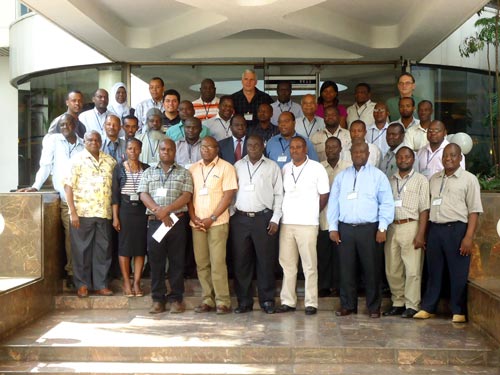CIMMYT-India interacts with farmers at IARI Agriculture Science Fair
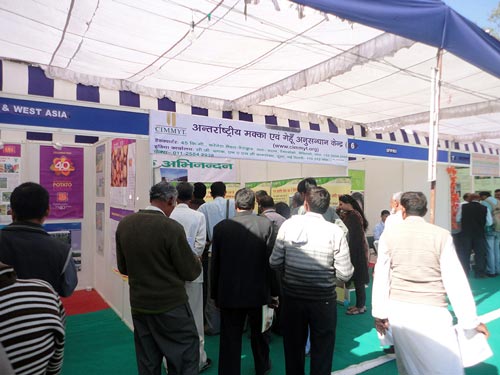 Pusa Krishi Vigyan Mela, a farmers’ fair organized by the Indian Agricultural Research Institute (IARI) annually since 1972, was held during 6-8 March 2013 in New Delhi, India. Every year, agriculture institutes and universities gather at the fair to disseminate their upgraded technology through exhibitions. This year, the focus was on “Agricultural technologies for farmers’ prosperity” and for the very first time IARI invited CGIAR centers, including CIMMYT, to display their technological innovation and experience.
Pusa Krishi Vigyan Mela, a farmers’ fair organized by the Indian Agricultural Research Institute (IARI) annually since 1972, was held during 6-8 March 2013 in New Delhi, India. Every year, agriculture institutes and universities gather at the fair to disseminate their upgraded technology through exhibitions. This year, the focus was on “Agricultural technologies for farmers’ prosperity” and for the very first time IARI invited CGIAR centers, including CIMMYT, to display their technological innovation and experience.
CIMMYT took the opportunity to raise awareness on conservation agriculture technologies and receive feedback from farmers and agricultural scientists. The CIMMYT team consisted of B.R. Kamboj, Dalip Kumar, and Er. Kapil Singla who were accompanied by Anil Bana (Haryana) and supported by scientists and colleagues from CIMMYT-Delhi. They demonstrated conservation agriculture technologies and throughout the three days interacted with thousands of people, mainly farmers (both men and women), researcher, and scientists, but also school children who came to learn from the exhibition.
On inauguration day, Sharad Pawar, Union Minister for Agriculture and Food Processing Industries, Government of India, strongly emphasized the importance and need to develop new farm technologies to ensure food and nutritional security in the country and to enhance farm profitability and overall agricultural development. The visiting farmers showed keen interest in conservation agriculture and asked for conservation agriculture literature published in the local language to be distributed among farmers. According to the farmers, more follow-up sessions with the government’s extension workers are needed for better uptake of new technologies.
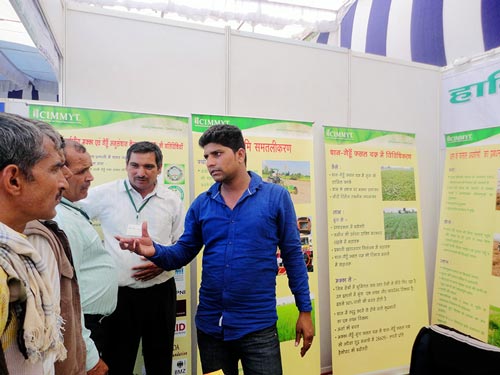 The socioeconomics team of CIMMYT India (Mamta Mehar and Subash Ghimire) also joined the fair to interact with farmers and learn about their perspectives on new technologies and farming-related constraints. Although the farmers came from different states, they mentioned having several common problems: the unavailability of quality seeds and other input on time, weather uncertainty, unpredictability of rainfall, and temperature variability. Farmers from Haryana and Rajasthan also talked about increasing pollution, degrading soil quality, and emergence of new type of insects and pests for which they would like to seek solutions. They were concerned about limited access to knowledge and low awareness on new technologies, especially those that help to manage climate change related risks. The socioeconomics team also learned that farmers are aware that using more than the advised amount of fertilizers and pesticides may harm the soil, but they do so anyways because they are afraid of the appearance of insects, pests, etc. as a result of unforeseen weather changes.
The socioeconomics team of CIMMYT India (Mamta Mehar and Subash Ghimire) also joined the fair to interact with farmers and learn about their perspectives on new technologies and farming-related constraints. Although the farmers came from different states, they mentioned having several common problems: the unavailability of quality seeds and other input on time, weather uncertainty, unpredictability of rainfall, and temperature variability. Farmers from Haryana and Rajasthan also talked about increasing pollution, degrading soil quality, and emergence of new type of insects and pests for which they would like to seek solutions. They were concerned about limited access to knowledge and low awareness on new technologies, especially those that help to manage climate change related risks. The socioeconomics team also learned that farmers are aware that using more than the advised amount of fertilizers and pesticides may harm the soil, but they do so anyways because they are afraid of the appearance of insects, pests, etc. as a result of unforeseen weather changes.
The interactions with farmers were particularly useful, as they motivated the socioeconomics team to ensure the CCAFS project researches coping mechanisms that would allow farmers to manage climate variability risks. CIMMYT-India hopes to go back to Pusa Krishi Vigyan Mela next year to gain more valuable knowledge directly from Indian farmers.
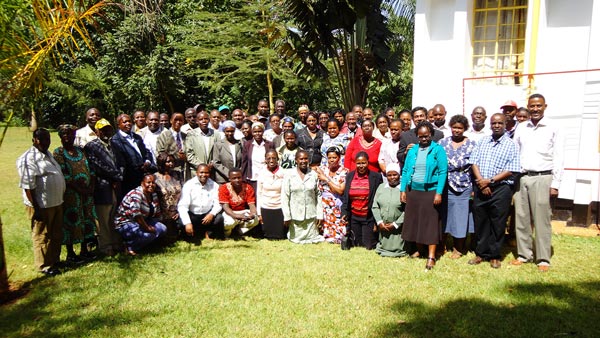
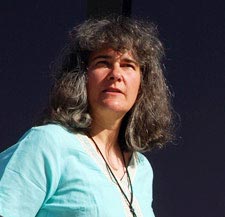 Marianne started her career with CIMMYT as a post-doctoral fellow in 1994 working in Maize Physiology to develop varieties tolerant to low soil fertility and drought. She was based at the CIMMYT office in Zimbabwe during 1996-2004, after which she was appointed Director of the Maize Program, based in Nairobi. In 2009 Marianne became the DDG-Research. In that capacity, she led the development of the CGIAR research programs for maize and wheat.
Marianne started her career with CIMMYT as a post-doctoral fellow in 1994 working in Maize Physiology to develop varieties tolerant to low soil fertility and drought. She was based at the CIMMYT office in Zimbabwe during 1996-2004, after which she was appointed Director of the Maize Program, based in Nairobi. In 2009 Marianne became the DDG-Research. In that capacity, she led the development of the CGIAR research programs for maize and wheat.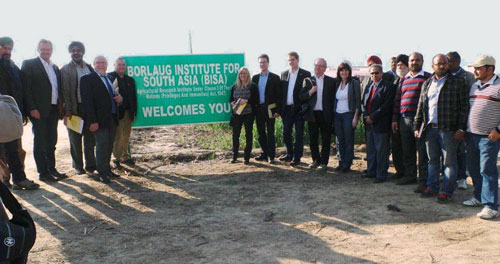 On 6 February 2013, the Borlaug Institute for South Asia (
On 6 February 2013, the Borlaug Institute for South Asia (
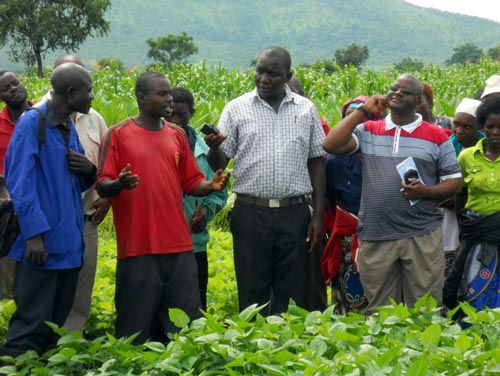 In rural areas surrounding Chipata in eastern Zambia, tobacco, cotton, and maize seem to dominate the agricultural landscape. If you look closer, you will also see smaller fields with groundnuts, cowpeas, soybeans, and sunflowers. But there is yet another dimension of diversity: the different growth stages and (inadequate) fertilization levels of the crops have resulted in a patchwork of yellow to deep green fields of many sizes and shapes, with various degrees of weed infestation. In this smallholder farming area with an average annual rainfall of more than 1,000 mm, it is neither easy to stay ahead of the weeds on all fields, nor to buy enough fertilizer for a healthy crop.
In rural areas surrounding Chipata in eastern Zambia, tobacco, cotton, and maize seem to dominate the agricultural landscape. If you look closer, you will also see smaller fields with groundnuts, cowpeas, soybeans, and sunflowers. But there is yet another dimension of diversity: the different growth stages and (inadequate) fertilization levels of the crops have resulted in a patchwork of yellow to deep green fields of many sizes and shapes, with various degrees of weed infestation. In this smallholder farming area with an average annual rainfall of more than 1,000 mm, it is neither easy to stay ahead of the weeds on all fields, nor to buy enough fertilizer for a healthy crop.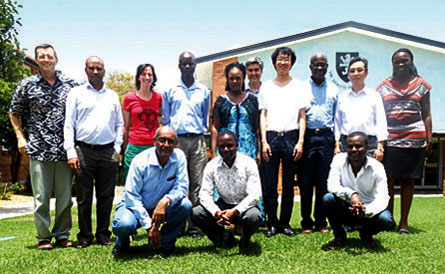
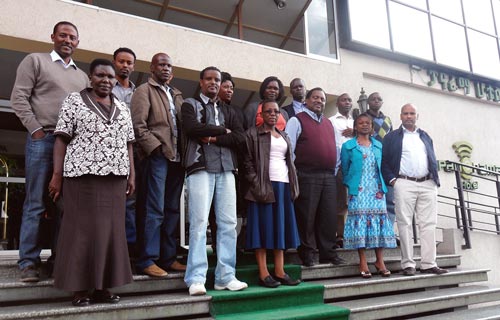 Understanding the value chain of maize and legume crops and the ability to define various actors as well as their contributions and constraints along the value chain is crucial in identifying feasible interventions. Since these activities fall within the scope of the
Understanding the value chain of maize and legume crops and the ability to define various actors as well as their contributions and constraints along the value chain is crucial in identifying feasible interventions. Since these activities fall within the scope of the 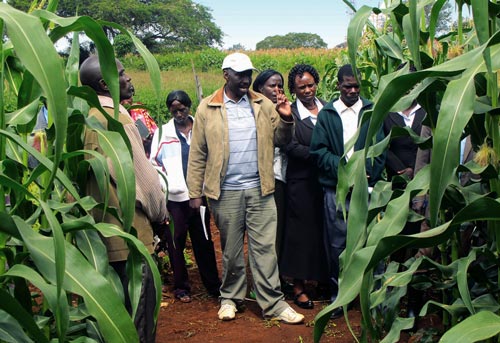 Gender mainstreaming in agricultural development is on the agenda of national governments and the international development community (for more information on CIMMYT and gender mainstreaming see “
Gender mainstreaming in agricultural development is on the agenda of national governments and the international development community (for more information on CIMMYT and gender mainstreaming see “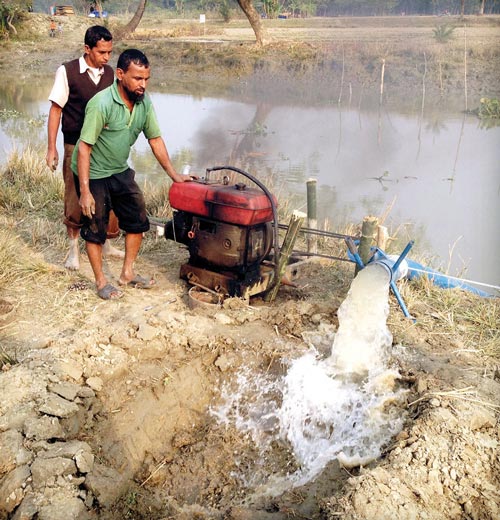 Bangladesh has a mosaic of distinct agricultural seasons, potentially allowing farmers to cultivate two and sometimes three crops on the same field. However, in the impoverished region of Southern Bangladesh, only 50% of farmers currently grow more than one rainy season rice crop per year, a situation highly problematic for the world’s most densely populated country, where agricultural land is shrinking by 1% per year as urbanization accelerates.
Bangladesh has a mosaic of distinct agricultural seasons, potentially allowing farmers to cultivate two and sometimes three crops on the same field. However, in the impoverished region of Southern Bangladesh, only 50% of farmers currently grow more than one rainy season rice crop per year, a situation highly problematic for the world’s most densely populated country, where agricultural land is shrinking by 1% per year as urbanization accelerates.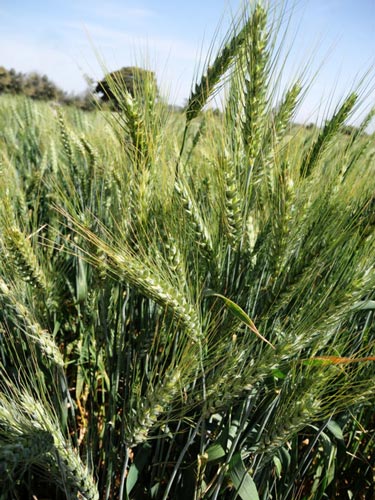 Wheat is increasingly in demand in sub-Saharan Africa as a result of income growth and the demand for convenience foods as more women enter the workplace, but sub-Saharan countries and Africa as a whole produce only about 30% and 40%, respectively, of their domestic requirements, causing a heavy dependence on imports and making the region highly vulnerable to global market and supply shocks.
Wheat is increasingly in demand in sub-Saharan Africa as a result of income growth and the demand for convenience foods as more women enter the workplace, but sub-Saharan countries and Africa as a whole produce only about 30% and 40%, respectively, of their domestic requirements, causing a heavy dependence on imports and making the region highly vulnerable to global market and supply shocks.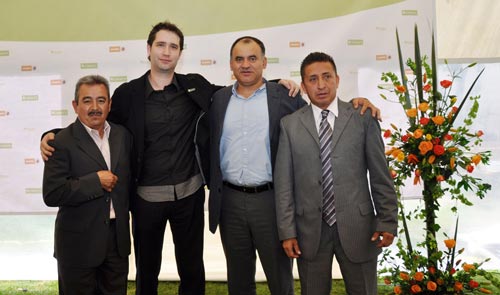 After 12 months of work and dedication, on 19 October 2012 technicians from different parts of Mexico were recognized for their efforts in an August graduation ceremony for the “Technicians Certified in Conservation Agriculture” course. The 48 graduates constitute the third generation of specialists trained to provide technical advice and assistance to new farmers as part of the “Take it to the Farmer” initiative of the Sustainable Modernization of Traditional Agriculture (
After 12 months of work and dedication, on 19 October 2012 technicians from different parts of Mexico were recognized for their efforts in an August graduation ceremony for the “Technicians Certified in Conservation Agriculture” course. The 48 graduates constitute the third generation of specialists trained to provide technical advice and assistance to new farmers as part of the “Take it to the Farmer” initiative of the Sustainable Modernization of Traditional Agriculture (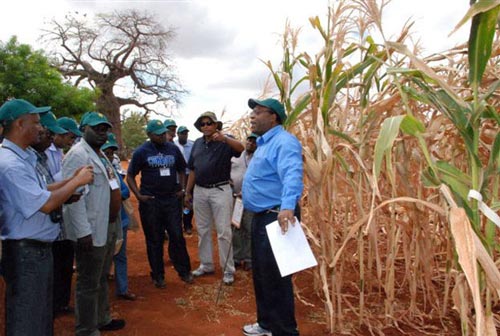 Thirty-six senior maize breeders from fifteen African countries participated in a course in Nairobi, Kenya, from 1 to 4 October 2012. The course attracted participants from national agricultural research systems, private seed companies, and universities collaborating within the Drought Tolerant Maize for Africa (
Thirty-six senior maize breeders from fifteen African countries participated in a course in Nairobi, Kenya, from 1 to 4 October 2012. The course attracted participants from national agricultural research systems, private seed companies, and universities collaborating within the Drought Tolerant Maize for Africa (